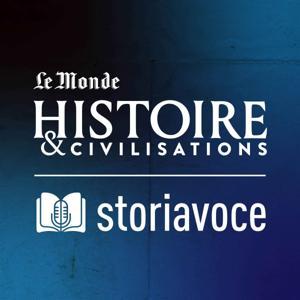Découvrez comment, partis des steppes pontiques, les Yamnayas ont laissé leur empreinte dans nos langues, nos gènes et notre culture. Cette grande migration indo-européenne a bouleversé la préhistoire : entre fusion des peuples, échanges culturels et héritage durable, les Indo-Européens ont refaçonné l’Europe. #génétique #archéologie
Retrouvez le script, la bibliographie complète et les crédits sonores et graphiques sur : https://ladentbleue.fr/migration-indo-europeenne-europe-yamnaya-ceramique-cordee
Suivez La Dent Bleue sur :
Une carte représentant à peu près les migrations indo-européennes (elle ne colle pas parfaitement avec les données citées dans l'épisode, mais c'est plutôt cohérent au global). Source : Harvard Magazine
https://wukali.com/wp-content/uploads/2022/09/ADN-Yamnaya.jpg
- Allentoft, M. E. et al. (2024). Population genomics of post-glacial western Eurasia. Nature, 625(7994), 301‑311.
- Cultural heritage continues to suffer in Ukraine, Ministry of Culture records losses caused by war. (s. d.). Ukrainska Pravda. Consulté 12 septembre 2025.




































